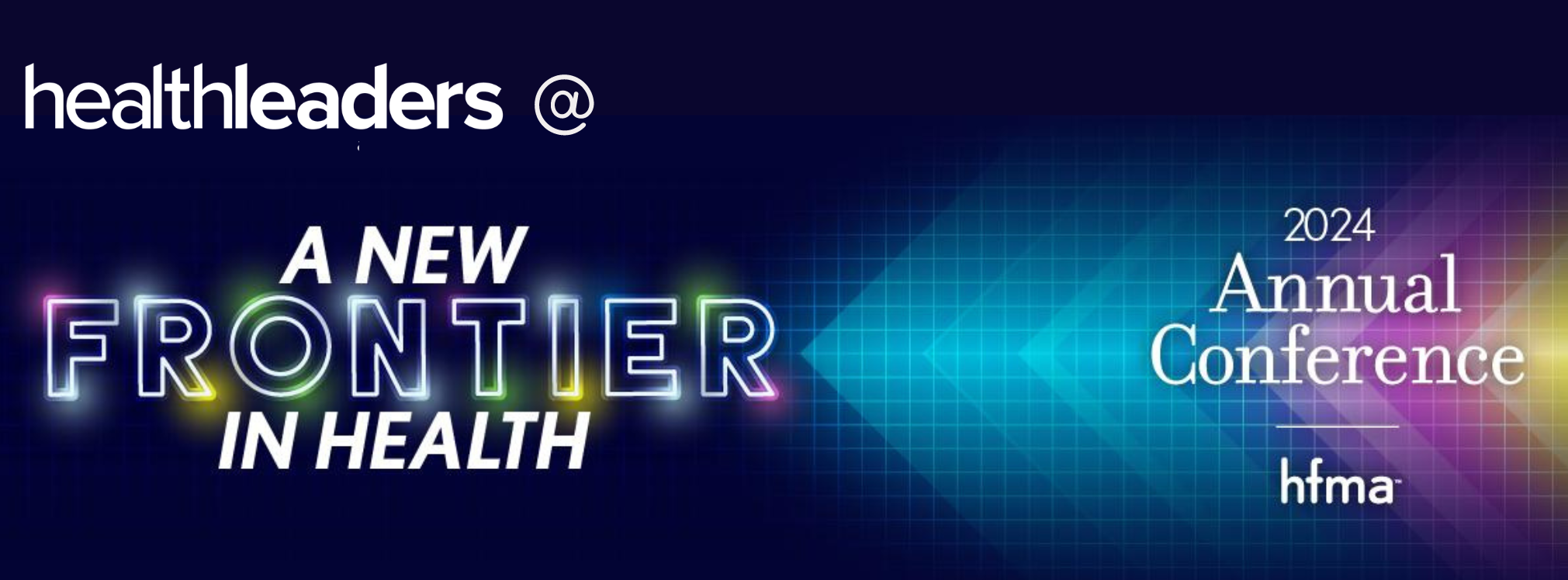A session at the HFMA Annual Conference dives into a people-first approach to solving one of the biggest pain points facing CEOs.
KEY TAKEAWAYS
Hospital and health systems wanting to shore up their workforce need to prioritize strategies that target the well-being of their clinicians.
Programs that place value on professionalism and development allow for a more transparent and well-functioning workplace.
Middle management can’t be overlooked and should receive attention from leaders to be supported and as effective as possible for modern employees.
Healthcare leaders understand that labor strategies must adapt to meet an evolving workforce, but recognizing it is one thing and committing to it is another.
Though the strength of a workforce is still very much measured in numbers such as costs and turnover rate, prioritizing less easily quantifiable areas like employee satisfaction and happiness has the potential to result in a more sustainable workplace model.
That’s the approach Rod Hanners, CEO of Keck Medicine of USC, hammered home in his Tuesday session at the HFMA Annual Conference, titled “Workforce Investments: Positively Impact Culture and the Bottom Line.”
The head of the Southern California-based health system emphasized the importance of leaders setting organizational values that create transparency, humility, and genuine caring for all caregivers, as well as agreed-upon metrics that organically lead to better outcomes both clinically and financially.
How can it be done?
To achieve that, Keck has programs focused on professionalism, resiliency, and well-being that aren’t one-offs, but instead woven into the fabric of the organization.
For example, physicians and nurses can share concerns about co-worker behavior through the Daily Incident Reporting System, leading to peer messengers sharing the incident with the person named and accountability/goal setting discussed if patterns of concern continue. The whole process is meant to be non-punitive and off the record, creating an environment that encourages to reporting and development.
Even instituting a relatively innocuous change like keeping Fridays meeting-free has resulted in people getting their work done and meeting milestones in the other days of the workweek while cutting down employee stress, according to Hanners.
Setting a workplace culture should start from the top and permeate to the ground level, but the role and impact of middle management can often get overlooked.
Hanners believes you need buy-in at middle management, which is more challenging today than it’s ever been due to a multitude of priorities, hundreds of emails, and lack of responsiveness. You also need your modern mid-level manager to be empathetic, trustworthy, transparent, mindful, and accountable, on top of being a good developer of talent.
CEOs should not lose sight of mid-level leaders and afford them opportunities to discuss their experiences, which will help with organization-wide healing during a time when labor strikes and shortages are hampering workplaces. Surveys to receive feedback from both caregivers and leaders are vital to understanding which areas need improvement.
The commitment to the people in its organization has led to Keck Medical Center dropping their total turnover rate from 12.4% in July 2022 to 9.2% this past April. Less turnover has also made it easier for Keck to reduce contract labor by over $13 million year-over-year.
The proof is undeniable: Cultivate a positive environment for your workforce and the results will follow.

Jay Asser is the contributing editor for strategy at HealthLeaders.
